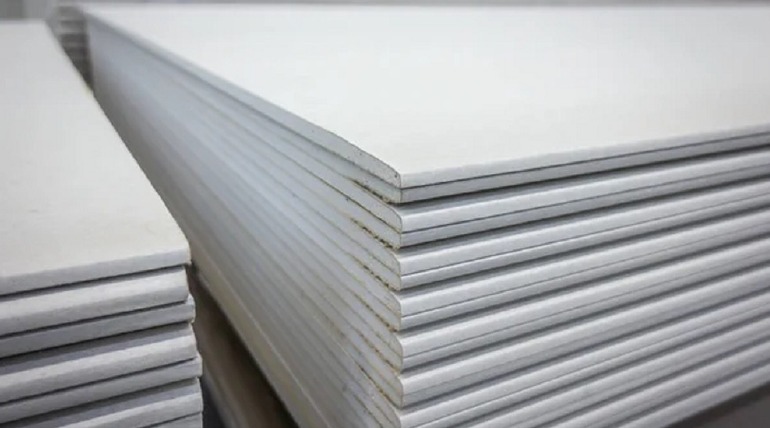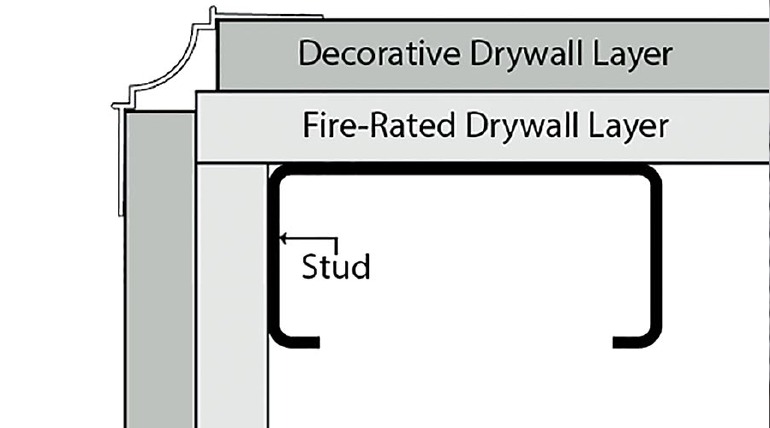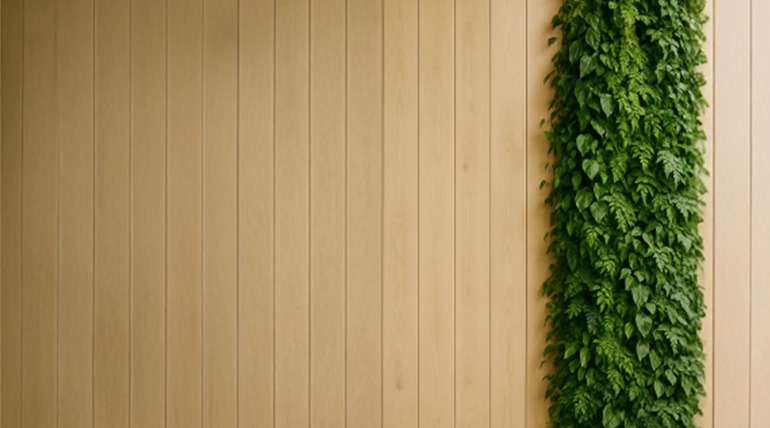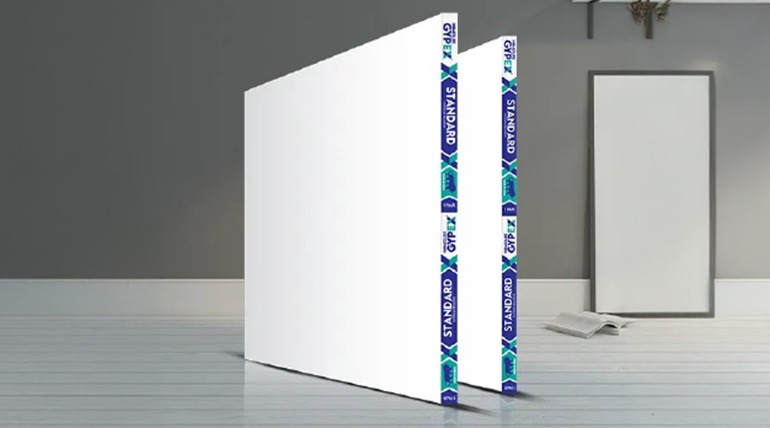
In the world of construction and interior design, safety is paramount. Among the many materials used in modern buildings, gypsum boards (commonly known as drywall or plasterboard) stand out for their remarkable fire-resistant properties. Whether it is residential, commercial, or industrial construction, they are a preferred choice not just for their design flexibility, but for their ability to restrict the spread of fire.
With increasing emphasis on fire safety and regulatory compliance, fire-rated gypsum boards are widely adopted for being economical, versatile and easy to install. This article explores how gypsum boards function during fire exposure, their unique composition, and why they are a critical component in today’s safe building practices.
What is a Gypsum Board?
A gypsum board is a layered panel made primarily of calcium sulphate dihydrate (CaSO₄·2H₂O), encased between two sheets of heavy-duty paper. This creates a durable, lightweight, and easy-to-install material commonly used for interior walls and ceilings in residential and commercial buildings.
One of gypsum’s key advantages is its inherent fire resistance, which stems from its high chemically bound water content—approximately 20%. When exposed to fire, this water is released as steam, absorbing heat and delaying temperature rise. This endothermic reaction plays a crucial role in slowing down the spread of fire and protecting the structural integrity of the wall assembly.

How Gypsum Boards Perform in Fire
When exposed to fire, gypsum boards act as a protective barrier. Made from non-combustible material, they contain chemically bound water that gradually evaporates when heated. This process absorbs heat and restricts the spread of fires, offering valuable fire resistance.
Why It Matters
Fire-resistant gypsum boards are vital for life safety and asset protection. Here’s why:
- Workspace Environments: Create safe partitions to delay fire spread between zones.
- Public Sector Buildings: Ensure compliance in corridors, exits, and shared spaces.
- Industrial Zones: Provide fire barriers in areas with combustible materials.
- Healthcare & Educational Facilities: Protect vulnerable populations and ensure regulatory adherence.
- Urban Relevance: With the rise of urban high-rises and compact living, integrating fire-resistant materials like gypsum has become a fundamental necessity rather than an option.

Sustainability and Green Building Advantage
Gypsum is a non-combustible, low-VOC material that supports safe indoor air quality and sound insulation, and contributes to green building practices. Its recyclability and low environmental impact make it a preferred choice for eco-conscious construction projects aiming for green certifications like LEED.

Why It Matters in Modern Construction
Incorporating fire-rated gypsum boards improves a building’s safety, offers compliance with fire codes, and can even reduce insurance costs. More importantly, it buys precious time for occupants to evacuate and for firefighters to intervene, making it a lifesaving component of fire-safe design.
Installation: A Critical Step
Proper installation is essential for fire resistance to perform effectively. Key steps include:
- Assessment: Determine fire-rating needs based on room usage.
- Panel Placement: Install gypsum boards with approved fasteners and framing.
- Sealing: Apply fire-resistant sealants to all joints and edges.
- Final Inspection: Verify compliance with fire safety codes.
Conclusion: Why HomeSure GypEX Stands Out

HomeSure GypEX Gypsum boards are engineered for fire resilience, offering enhanced safety without compromising on finish. Ideal for walls, ceilings, and partitions, it’s designed for easy installation and dependable performance in both new builds and renovation projects. With low flame-spread characteristics and consistent quality, it’s a reliable choice for safety-conscious construction.
